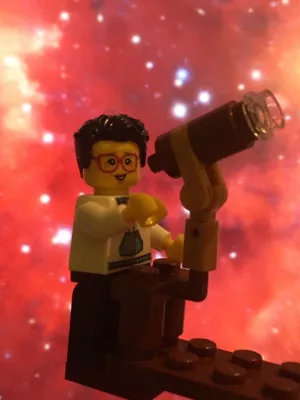
Arne Ardeberg
Professor emeritus

Euro50
Author
Editor
- Arne Ardeberg
- Torben Andersen
Summary, in English
Department/s
- Lund Observatory - Undergoing reorganization
Publishing year
2003
Language
English
Pages
169-182
Publication/Series
Proceedings of the SPIE - The International Society for Optical Engineering
Volume
5382
Issue
1
Document type
Conference paper
Publisher
SPIE
Topic
- Astronomy, Astrophysics and Cosmology
Keywords
- optical wavelength telescope
- infrared wavelength telescope
- aspherical primary mirror
- Gregorian type optical configuration
- Nasmyth foci
- Gregorian foci
- relay mirrors
- single conjugate adaptive optics
- dual conjugate adaptive optics
- ground layer correction
- clam shell corrector
- precessions polishing technique
- joint segment alignment system
- wavefront sensors
- secondary mirror control system
- main axes servos
- natural guide stars
- 50 m
- primary mirror segment edge sensors
- laser guide stars
- wind protection
- carbon fiber reinforced polymer
- perspective elongation problem
- box-shaped steel structure
- live optics architecture
- sum frequency YAG lasers
- straw man concept
- Euro50 telescope
Conference name
Second Bäckaskog Workshop on Extremely Large Telescopes, 2003
Conference date
2003-09-09 - 2003-09-11
Conference place
Bäckaskog Castle, Sweden
Status
Published
ISBN/ISSN/Other
- ISSN: 0277-786X
- ISSN: 1996-756X

